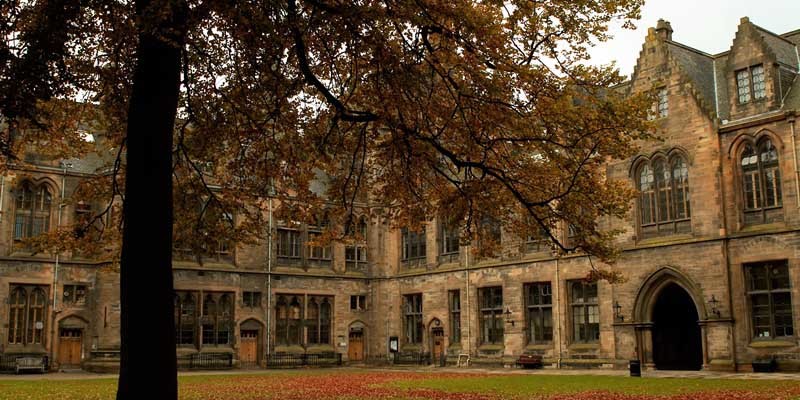Scotland can no longer afford to pick up the bill for teaching European university students, education secretary Mike Russell has said, writes .
Under EU law, people from 26 countries but not from other parts of the UK can come here to study and have their fees paid by the Scottish Government. This cost £75 million in 2009-10.
Mr Russell is seeking to have this funding loophole closed, although that would require EU agreement.
He said, “Scottish universities have always been cosmopolitan institutions that is part of their attraction but we cannot allow them to become a cheap option for students who have to pay to go to university in their home countries.
“That’s why I have made clear our intention to tackle the anomalous situation that forces the Scottish Government to pay on behalf of students from the rest of the EU who choose to study here.”
He continued, “The number of EU students has almost doubled in recent years and the total cost has risen almost fourfold. The Scottish taxpayer is now facing a bill of £75 million a year. That is simply not tenable.”
There were almost 16,000 EU students enrolled at Scottish universities in 2009-10, a 17% rise on the previous year. By contrast, the number choosing English universities went up by only 6%.
Dundee University has 664 EU undergraduates, while Abertay University has 709.
Figures released by the Higher Education Statistics Agency yesterday also showed the number of Scots starting full-time university courses in 2009-10 rose by only 3% year-on-year.
In total last year there were 221,000 under- and post-graduate students enrolled at Scottish universities-a 3% rise, but almost two-thirds of which came from overseas students.Important source of incomeThose from outside the EU pay fees, as do those from the rest of the UK, and they are an important source of income for many institutions.
The National Union of Students Scotland said it welcomed the rise in enrolments, but the number of applicants had gone up by almost twice as much.
President Liam Burns said, “It would be far too easy to write off the huge cultural and economic benefit of welcoming international students in Scotland.
“If we are to have a debate about the numbers of EU students that come to Scotland we should have it in a rational way, not in a way that diverts attention from the need to increase investment in education in Scotland.
“The real story from these figures is that once more we see demand for places far outstrip supply. It’s great that we’ve seen enrolments of Scottish students increase by 3%, but applications increased by nearly 6% in 2009.
“For 2010-11, the problem will only be worse, with Scotland seeing unprecedented levels of applications following a further 4.6% increase this year.”
Universities Scotland, which represents higher education institutions, said, “Scottish universities are pleased to welcome a diverse population of students and proud that our reputation means that a Scottish university education is sought after by students from outside the UK.
“We need to look at all the elements of how to build a sustainable future funding model for Scottish universities. To date the Scottish Government has not been able to address this loop-hole in European law but we’re supportive that it continues to try.
“Legislative change in Europe could take time, meanwhile the fee changes in England (where tuition fees are trebling to £9000) take effect from 2012.
“Even if it is possible to make this part of the solution, the financial sustainability of Scotland’s universities cannot be left to be dependent on flows of EU or overseas students.
“Scotland needs a more robust, self-reliant and long-term solution of its own.”
